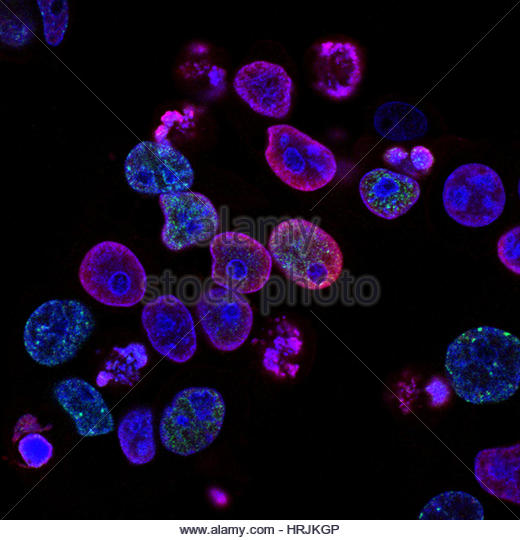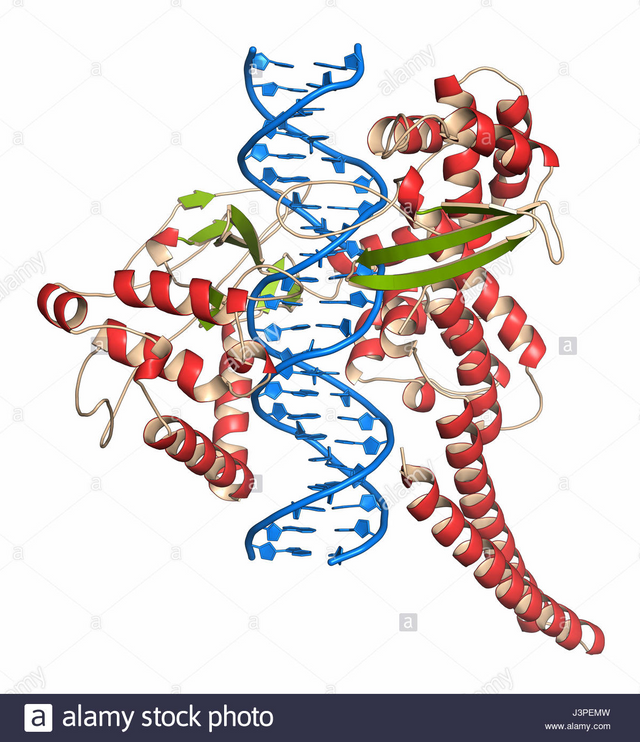Wondering, what the hell is she talking about this time ?
Some of us have no idea what isomers are not even Topoisomerases. Truthfully I also had no idea considering I stumbled upon this piece of information while studying for my exams.
So let me brief you a little what this all about.
WHAT ARE TOPOISOMERASES
Topoisomerases are enzymes that participate in the over winding or under winding of DNA. The winding problem arising due to its intertwined nature of it's double helical structure. During DNA or RNA transcription and replication, DNA becomes over wound ahead of a replication fork and if left unabated this torsion would stop the ability of DNA or RNA to continue down the DNA strand.
Toposimerases bind to DNA and cut the phosphate backbone of either one or both DNA strands to prevent this problem.
The topological state of cellular DNA is intimately connected with this function. Without these Topoisomerases, cells fail in packaging their DNA and expressing their genes which ultimately lead to their death. Inhibitors of Topoisomerases have therefore become agents that target infectious agents and malignant cells.
Two classes of bacterial topoisomerases inhibitors have been developed as antibiotics. The coumarins, including novobiocin and coumermycin A1, are natural deriviatives of Steptomyeces species. They inhibit the ATP binding of bacterial type II topoisomerases, DNA gyrase and topoisomerases IV. These antibiotics are not often used to treat infections in humans.
The quinolone antibiotics, also inhibitors of bacterial DNA gyrase and topoisomerase IV, first appeared in 1962 with the introduction of nalidixic acid.The quinolones act by blocking the last step of the topoisomerases, the resealing of the DNA strand breaks. Ciprofloxacin is a broad spectrum anibiotic. It is one of the few antibiotics reliably effective in treating anthrax infections and is considered a valuable agent in protection against possible bioterrorism. Quinolones are effective inhibitors of eukaryotic enzymes only at concentrations several orders of magnitude greater than the therapeutic doses.
Some of the most important chemotherapeutic agents used in cancer treatment are inhibitors of human topoisomerases, because topoisomerases are generalyy present in elevated levels in tuomor cells and agents targeted to these enzymes are much more toxic to the tumors than to most other tissue types. Inhibitors of both type I and type II topoisomerases have been developed as anticancer drugs.
Camptothecin, isolated from a Chinese ornamental tree turned out very useful after clinical testing in the 1970's and is an inhibitor of type I eukaryotic topoisomerase. However, two effective deriviatives, irinotecan and topotecan are used to treat colorectal cancer and ovarian cancer respectively.
The human type topoisomerases are targeted by a variety of anti-tumor drugs, including doxorubicin, etoposide and ellipticine. Doxorubicin, effective against several kinds of human tumors, is an anthracycline in clinical use. Most of these drugs stabilize the covalent topoisomerase DNA complex.
All these anticancera agents generally increase the levels of DNA damage in the targeted, rapidly growing tumor cells. However, noncancerous tissues can also be affected, leading to a more general toxicity and unpleasant side effects that must be managed during therapy. As cancer therapies become more effective and survival statistics increase, the apperance of greater independent tumors pose a greater risk and problem.
In the continuing resarch for new cancer therapies, due to the effectiveness of topoisomerases, they would likely remain prominent targets for research until the dawn of a breakthrough.


